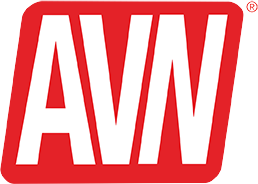Some might wonder what took them so long, but Microsoft announced December 17 that they would offer free spyware-removal tools within 30 days. The company added that they may charge for future versions of the new tools.
Microsoft said buying Giant Company Software, Inc. provides the technology for the new tools, which the company hopes will help ease frustration for Windows and other Microsoft product users wearied of the products’ security flaws and concurrent spyware invasions.
The new tools, designed for Windows 2000 and Windows XP users, are expected to include sweeps for spyware, suspicious program removal, and continuous spyware protection, according to Microsoft vice president of security business Mike Nash, announcing the new anti-spyware tools.
But eventually charging for future versions of the tools might prove problematic for a company that makes so many of its Web-related products available at no charge. “We’re going to be working through the issue of pricing and licensing,” Nash said at the announcement. “We’ll come up with a plan and roll that out.”
Critics like security expert Daniel Geer aren’t exactly receiving the new tools with great enthusiasm, and not just because products like Ad-Aware and Spybot Search & Destroy already provide similar tools for free.
"Because Microsoft has a near monopoly, they don't have anybody to compete against,” Geer told reporters after the Microsoft announcement. “Giving away free stuff is a side effect of being a monopoly, whether they like it or not."
But the computer security tracking SANS Institute in Maryland applauded the coming Microsoft anti-spyware tools. Research director Alan Paller said after the announcement that they compare favorably to sophisticated products sold for protecting computer networks and said the coming tools were not “just a clean-up-our-mess” suite.
Unfortunately, Microsoft may have found yet another little security mess to clean up. Security firm Secunia reported December 17 that their analysts and trackers found yet another Internet Explorer flaw – an error in the DHTML Edit Active X control, when handling “execScript()” in certain situations, a flaw that could be exploited by hackers to launch “arbitrary script code” – cross-site scripting – in browser sessions. Secunia fashioned a test for users to check if they’re affected by the flaw.









